Architecture
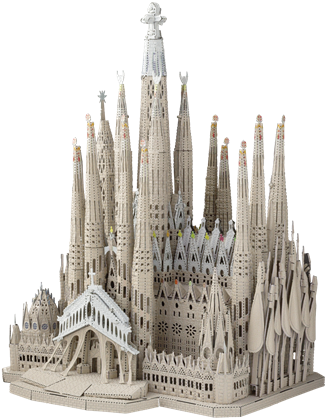
ICX258
Sagrada Familia
4 Sheets
Moderate
Sagrada Familia is a famous basilica in Barcelona, Spain. Designed by Antoni Gaudi, this iconic church is renowned for its towering spires, intricate facades, and captivating stained-glass windows. A masterpiece in progress, construction started in 1882 and continues today. Upon completion, it will be the tallest church in the world.
$0.00
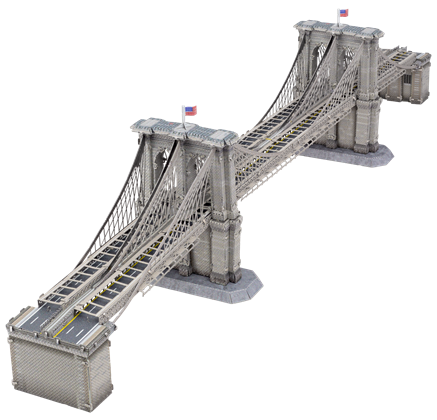
PS2018
Brooklyn Bridge
3 Sheets
Challenging
The Brooklyn Bridge is located in New York City and is one of the oldest suspension bridges in the United States. Completed in 1883, it connects the boroughs of Manhattan and Brooklyn by spanning the East River.
$0.00

PS2010
1962 World's Fair Space Needle
2 Sheets
Moderate
The Space Needle, built for the 1962 Seattle World’s Fair, officially opened April 21, 1962. The fair attracted over 2.3 million visitors, with nearly 20,000 people a day using the elevators to reach the tower’s 520’ observation deck, offering views of downtown Seattle, Mount Rainier, Puget Sound, and the Cascades and Olympic mountain ranges. Standing at 605 feet high, it remains a major landmark of Seattle and of the Pacific Northwest region of the United States.
$0.00
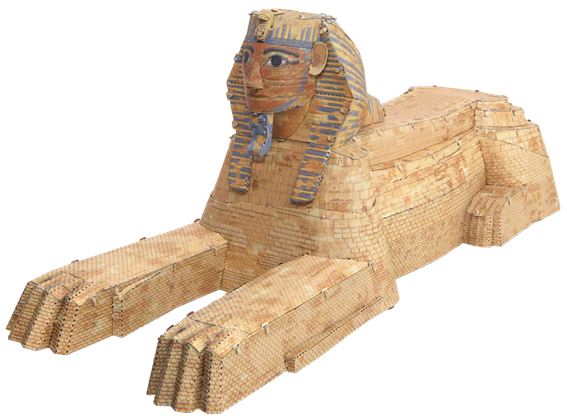
ME1007
Great Sphinx of Giza
3 Sheets
Moderate
The Great Sphinx of Giza lies on the Giza Plateau on the west bank of the Nile River. Representing the mythological creature with the head of a human and body of a lion, the Sphinx was created circa 2550 BC during the Old Kingdom of ancient Egypt. The Great Sphinx is approximately 240’ long, 66’ high and is the oldest monumental sculpture in Egypt.
$0.00
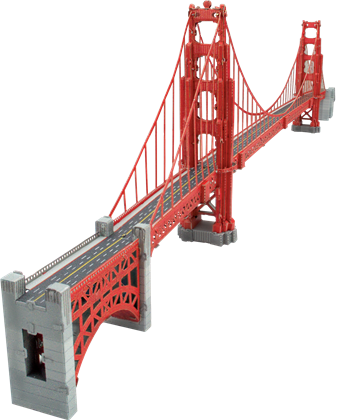
PS2013
Golden Gate Bridge
2.5 Sheets
Moderate
The Golden Gate is an art deco suspension bridge that stretches across San Francisco Bay and is one of the most enduring symbols of the city. Its construction arose from the need to get from San Francisco to Marin County, California and the ferry traffic in San Francisco Bay had become just too heavy. Construction on the Golden Gate Bridge began in 1933, and was completed in 1937.
$0.00
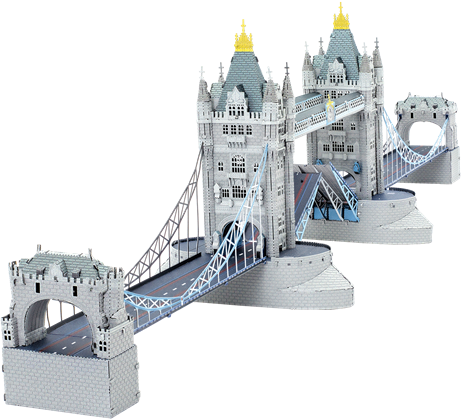
PS2009
London Tower Bridge
3 Sheets
Challenging
The London Tower Bridge, built in 1886-1894 over the River Thames, is both a suspension and a drawbridge. It has become an iconic symbol of London and was featured in many films such as the 2009 Sherlock Holmes movie. This 244 meter bridge consists of two towers (65 meters high) tied together at the upper level by means of two horizontal walkways.
$0.00
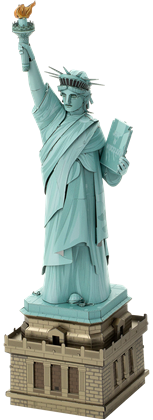
PS2008
Statue of Liberty
3.5 Sheets
Challenging
Dedicated on October 28, 1886, “The Statue of Liberty Enlightening the World”, was a gift from the people of France to the United States. This copper statue reaches over 305’ from ground level and has become a symbol of freedom and democracy.
$0.00
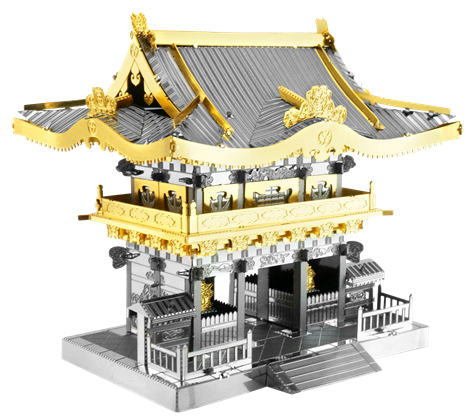
MMS172
Yomeimon Gate
3.25 Sheets
Moderate
Yomeimon Gate – Is part of the Tosho-gu Shrine in Kikko which is the mausoleum of Tokugawa Ieyasu, the founder of the Tokugawa shogunate. It is one of Japan's most ornate structures, giving off a grand and imposing air with its intricate decorations and architectural features
$0.00
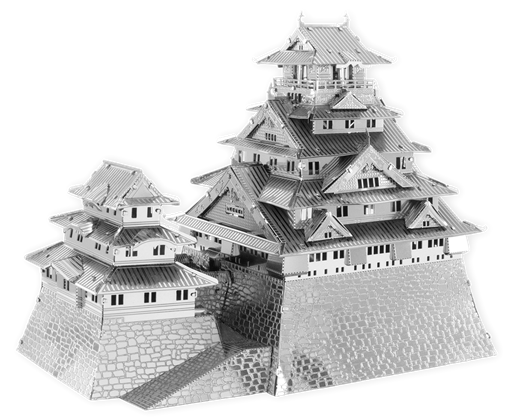
ICX109
Osaka Castle
2 Sheets
Challenging
Is one of Japan's most famous landmarks. It was built in 1583 and played a major role in the unification of Japan during the sixteenth century
$0.00
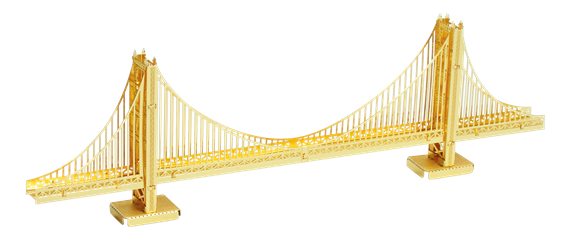
MMS001G
GOLD GOLDEN GATE BRIDGE
1 Sheet
Easy
The Golden Gate is an art deco suspension bridge that stretches across San Francisco Bay and is one of the most enduring symbols of the city. Its construction arose from the need to get from San Francisco to Marin County, California and the ferry traffic in San Francisco Bay had become just too heavy. Construction on the Golden Gate Bridge began in 1933, and was completed in 1937.
$0.00
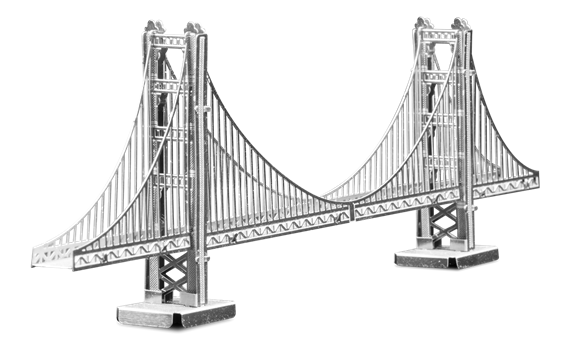
MMS001
GOLDEN GATE BRIDGE
1 Sheet
Easy
The Golden Gate is an art deco suspension bridge that stretches across San Francisco Bay and is one of the most enduring symbols of the city. Its construction arose from the need to get from San Francisco to Marin County, California and the ferry traffic in San Francisco Bay had become just too heavy. Construction on the Golden Gate Bridge began in 1933, and was completed in 1937.
$0.00
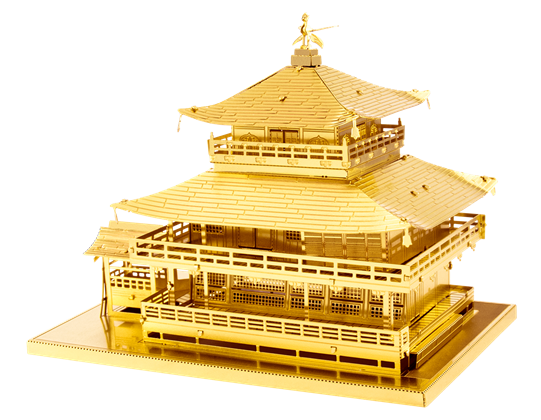
MMS090G
GOLD KINKAKU-JI
3 Sheets
Moderate
Is a three story Zen Buddhist temple located in Kyoto Japan, known as the Temple of the Golden Pavilion. The top two floors are completely covered in gold leaf. It is Japan's best known temple and is a UNESCO World Heritage Site.
$0.00
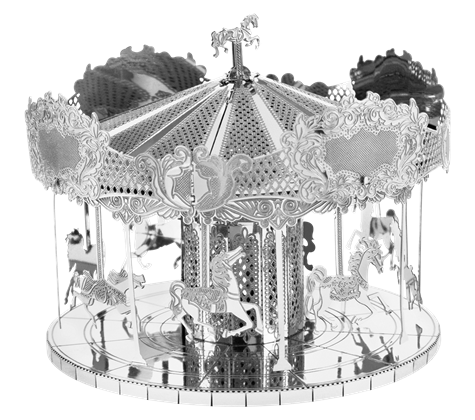
MMS089
MERRY GO ROUND
2 Sheets
Moderate
A merry-go-round, is an amusement ride consisting of a rotating circular platform with seats for riders. The "seats" are traditionally in the form of rows of wooden horses or other animals mounted on posts, many of which are moved up and down by gearwork to simulate galloping, to the accompaniment of looped circus music.
$0.00
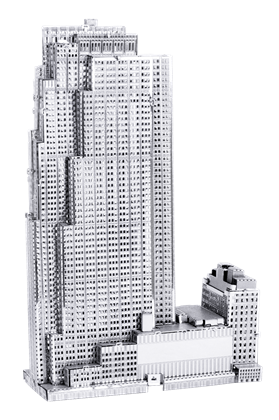
MMS061
30 ROCKEFELLER PLAZA
2 Sheets
Moderate
It was known as the RCA Building until 1988 and is today referred to as the GE building. It is also carries the nickname 30 Rock and is most famous for being the headquarters of the television network NBC.
$0.00

MMS058
CN TOWER
1 Sheet
Moderate
This concrete communications and observation tower in downtown Toronto, Canada stands at 1,815 feet (553 m). When it was completed in 1976 it was the world’s tallest free-standing structure. The CN Tower is a symbol of Canadian achievement and in 1995 it was declared one of the modern Seven Wonders of the World by the American Society of Civil Engineers.
$0.00
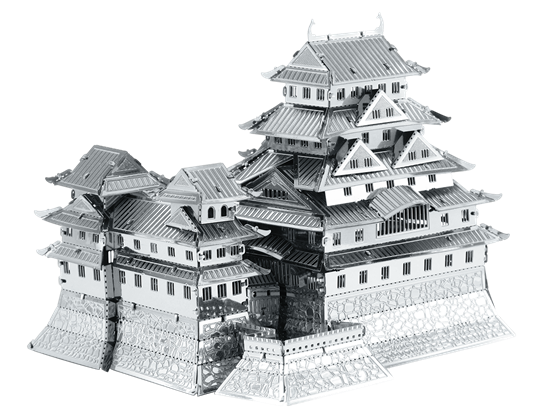
MMS055
HIMEJI CASTLE
3 Sheets
Challenging
Is also known as the White Heron Castle because of the way that its soaring white stucco walls resemble a graceful heron taking flight. The original fortress was built in 1346 and the castle in its current form was completed 1610. The castle is full of defensive features however it has never been attacked in its 400 year history. In 1993 it was designated a World Heritage Site.
$0.00















